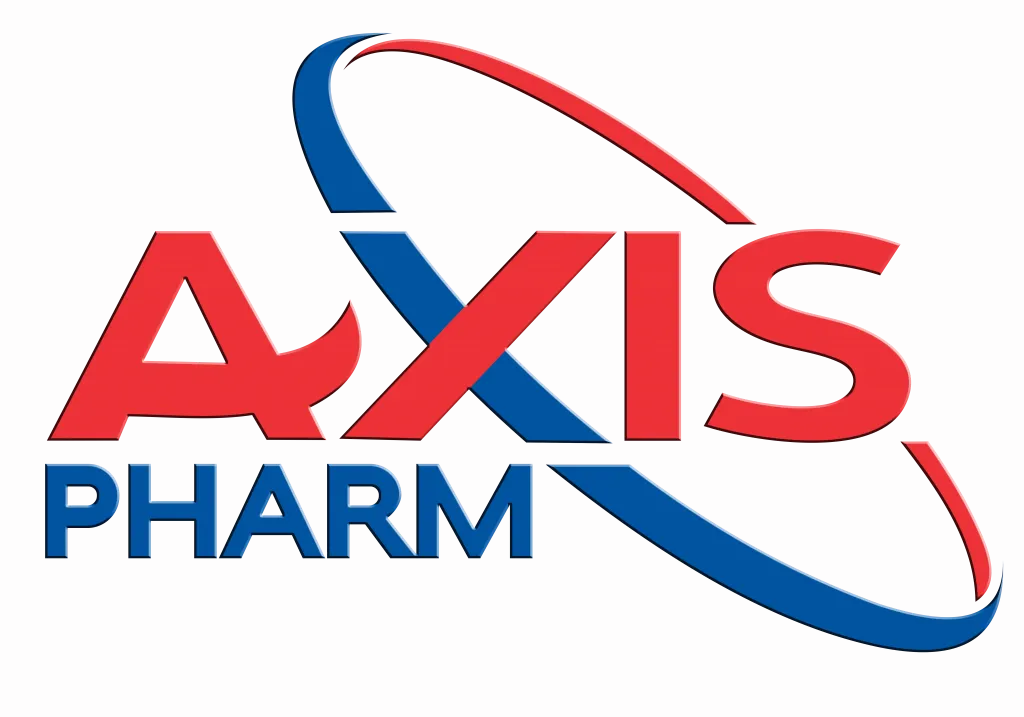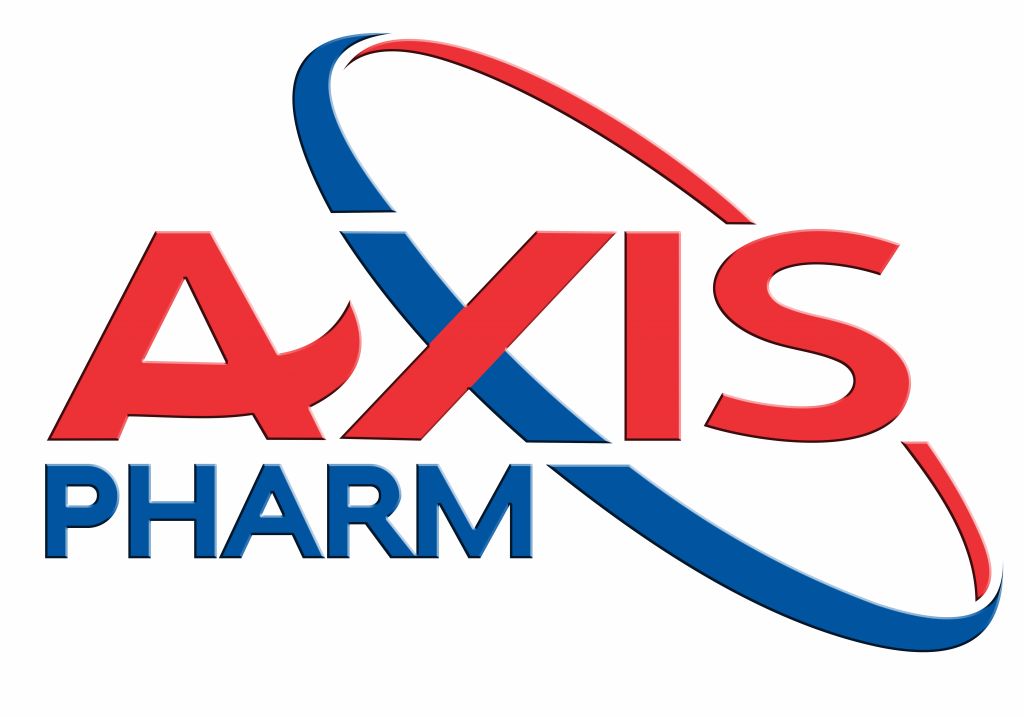Mass Spectrometry for Protein Analysis: Techniques, Applications, and Benefits
Mass spectrometry (MS) has become an indispensable tool in protein research, offering unparalleled precision in identifying, quantifying, and studying proteins. Its versatility makes it essential for understanding critical processes such as protein turnover, sequencing, modifications, and interactions. Moreover, MS is particularly valuable in analyzing complex biological systems like mitochondria. In this guide, we will delve into the various MS techniques used for protein analysis and their applications, shedding light on how this technology continues to advance our understanding of proteins in health and disease.
What is Mass Spectrometry?
Mass spectrometry is an analytical technique that measures the mass-to-charge ratio (m/z) of ions to identify and characterize molecules. MS provides essential data on protein sequence, structure, post-translational modifications, and protein turnover rates, making it a cornerstone of proteomics and biomarker discovery.
Key Components of Mass Spectrometry:
- Ionization Source: Converts proteins or peptides into charged ions. Common ionization techniques include Electrospray Ionization (ESI) and Matrix-Assisted Laser Desorption/Ionization (MALDI).
- Mass Analyzer: Separates ions based on their m/z ratios. Popular analyzers include Time-of-Flight (TOF), Quadrupole, and Orbitrap.
- Detector: Records the ions, producing a mass spectrum that reveals detailed information about protein mass, sequence, modifications, and interactions.
Common Mass Spectrometry Techniques for Protein Analysis

LC-ESI-MS Protein Analysis
-
Electrospray Ionization Mass Spectrometry (ESI-MS):
- How It Works: ESI produces highly charged ions from proteins in solution, making it ideal for analyzing large biomolecules, including proteins involved in mitochondrial function and protein turnover.
- Applications: Protein identification, sequencing, quantification, and post-translational modifications like phosphorylation and glycosylation.
- Advantages: High sensitivity, suitable for complex mixtures, and excellent for tracking protein turnover and interactions within cells.
-
Matrix-Assisted Laser Desorption/Ionization Mass Spectrometry (MALDI-MS):
- How It Works: MALDI ionizes proteins using a laser and a matrix that absorbs laser energy, making it effective for high molecular weight proteins.
- Applications: Peptide mass fingerprinting, protein identification, and sequencing, identifying protein markers and tumor markers.
- Advantages: High tolerance for contaminants, fast analysis, and suitable for high-throughput protein sequencing and turnover studies.
-
Tandem Mass Spectrometry (MS/MS):
- How It Works: The process includes multiple stages of mass analysis, where selected ions are fragmented and further analyzed to uncover detailed structural information.
- Applications: Essential for protein sequencing, identifying unknown proteins, characterizing post-translational modifications, and studying protein turnover and protein-protein interactions.
- Advantages: Provides deep structural insights, critical for understanding the turnover of proteins and their functional roles.
-
Time-of-Flight Mass Spectrometry (TOF-MS):
- How It Works: Measures the time it takes for ions to travel through a flight tube, distinguishing ions based on size.
- Applications: Protein identification, sequencing, and studying protein modifications.
- Advantages: High resolution and speed, ideal for analyzing protein markers and turnover rates.
-
Quadrupole Mass Spectrometry:
- How It Works: Uses electric fields to filter ions based on their m/z ratios.
- Applications: Used in targeted proteomics for quantifying specific proteins and analyzing protein turnover dynamics.
- Advantages: High specificity, excellent for targeted analysis, including protein sequencing and monitoring turnover.
-
Orbitrap Mass Spectrometry:

Orbitrap-Mass-Spec-for Protein Analysis
- How It Works: Traps ions in an orbital motion, providing high-resolution mass measurements.
- Applications: Used for detailed protein characterization, sequencing, and quantification, with applications in studying mitochondrial protein turnover and interactions.
- Advantages: Ultra-high resolution and accuracy, suitable for complex proteomic studies, including those related to protein tumor markers.
Applications of Mass Spectrometry in Protein Analysis
- Protein Identification and Sequencing:
- Use Case: MS is used to determine the amino acid sequence of proteins, identify unknown proteins, and confirm known sequences, including those found in mitochondria.
- Example: Sequencing mitochondrial proteins to understand their role in energy production and apoptosis.
- Post-Translational Modification (PTM) Analysis:
- Use Case: MS detects and characterizes protein modifications like phosphorylation, glycosylation, and ubiquitination, which are critical for protein function and stability.
- Example: Identifying phosphorylation sites on proteins that regulate mitochondrial function and protein turnover.
- Protein Quantification:
- Use Case: MS quantifies protein levels using label-free or labeled techniques (e.g., SILAC, TMT), helping to study the turnover of proteins under different conditions.
- Example: Measuring protein tumor markers in cancer patients to assess disease progression and response to treatment.
- Identification of Protein Interactions in Mitochondria:
- Use Case: MS-based techniques reveal interactions between mitochondrial proteins, mapping complex networks involved in cellular metabolism and turnover.
- Example: Studying how protein interactions within mitochondria influence energy homeostasis and disease states.
- Proteomics and Biomarker Discovery:
- Use Case: MS enables the comprehensive analysis of proteins in biological samples, aiding in the discovery of disease biomarkers, including protein markers and tumor markers.
- Example: Identifying protein markers for early detection of cancers, such as breast or lung cancer.
- Protein Turnover Analysis:
- Use Case: MS tracks the synthesis and degradation of proteins, providing insights into protein turnover and its regulation in health and disease.
- Example: Analyzing the turnover rates of mitochondrial proteins to understand their role in aging and metabolic disorders.
- Structural Biology and Protein Modification Analysis:
- Use Case: MS provides insights into protein folding, conformational changes, and interactions with ligands, crucial for understanding how modifications affect protein function.
- Example: Studying the structural impact of post-translational modifications on protein stability and turnover.
Benefits of Mass Spectrometry for Protein Analysis
- High Sensitivity and Specificity: Detects low-abundance proteins and their modifications, essential for identifying protein markers and understanding protein turnover.
- Comprehensive Analysis: Offers detailed information on protein sequence, modifications, and interactions, essential for studying mitochondrial proteins and tumor markers.
- Quantitative Capabilities: Allows precise quantification of proteins, facilitating studies of protein turnover, expression levels, and functional dynamics.
- Versatility: Adaptable to various sample types and experimental setups, making it suitable for both fundamental research and clinical diagnostics.
- Speed and Efficiency: Advanced MS technologies enable rapid analysis, supporting high-throughput proteomics for protein sequencing, modification studies, and turnover analysis.
Summary:
Mass spectrometry is a cornerstone of proteomics, providing precise tools for identifying, sequencing, and quantifying proteins. It plays a crucial role in studying protein turnover, post-translational modifications, and protein-protein interactions. By leveraging various MS techniques, researchers gain valuable insights into protein dynamics, their roles in health and disease, and their potential as biomarkers. From exploring mitochondrial functions to identifying tumor markers, MS continues to drive progress in understanding proteins and advancing biomedical research.
Ready to Explore Mass Spectrometry for Protein Analysis?
Dive deeper into the world of mass spectrometry and discover how these powerful techniques can transform your protein research. From identifying mitochondrial interactions to studying protein turnover, our expertise and resources are here to support your journey. Contact us for detailed guidance or explore our comprehensive range of services to optimize your MS experiments!

